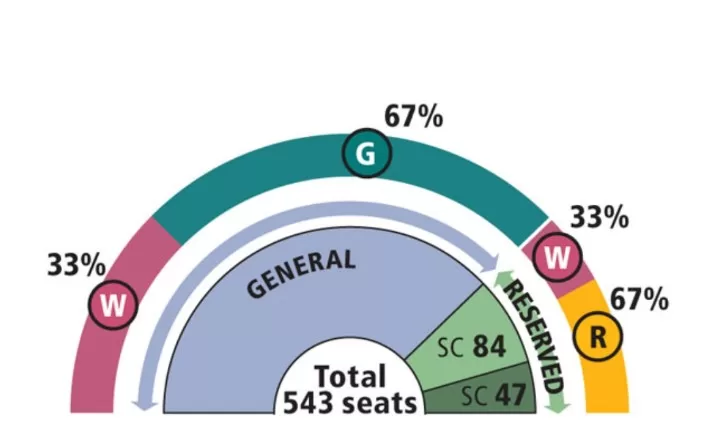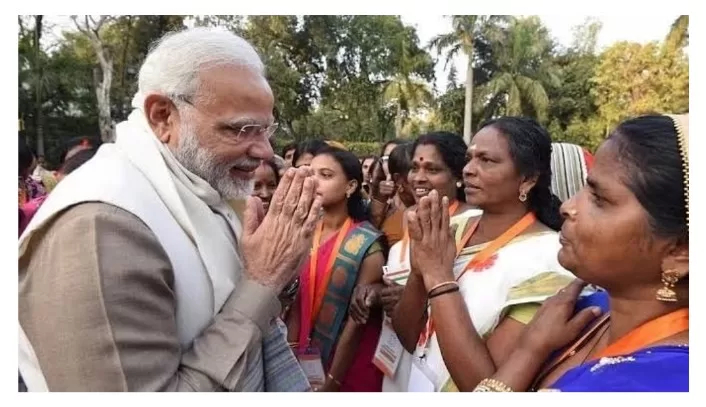The Women’s Reservation Bill has emerged as a pivotal point of discussion in India’s political discourse. This legislative endeavor aims to reserve one-third of all parliamentary seats, encompassing both general and those designated for Scheduled Castes (SCs) and Scheduled Tribes (STs), for women in the Lok Sabha and State Legislative Assemblies. Crucially, this reservation will be in effect for 15 years.
A significant consequence of the Women’s Reservation Bill is its profound impact on electoral dynamics. Once implemented, two-thirds of all candidates in any election will find themselves ineligible for the subsequent one. This implies that each election cycle will systematically disqualify two-thirds of contestants: one-third will be excluded as their seats transition into reservations for women, and the remaining one-third, exclusively women, will compete for seats no longer designated for reservation.
As the bill progresses, the focus will inevitably shift towards the methodology employed to identify the one-third of seats earmarked for reservation. The selection method and sequencing of seats to be reserved will be paramount concerns for all political parties, each possessing its electoral strongholds. The Parliament may either establish the methodology itself or delegate this responsibility to an agency such as the Election Commission to delineate the specifics.

potential strategies for seat reservation. Given that only 33% of constituencies can be covered in a single election, any method adopted will necessitate seat rotation over three electoral cycles.
One approach involves the use of a lottery system to ensure equitable representation. In this method, a random selection of 33% of parliamentary seats within a state is reserved in the first election. Subsequently, another round of lottery determines the second batch of 33% seats to be reserved in the next election. The final 33% of seats automatically become reserved in the subsequent election. This methodology ensures one-third reservation for women, both nationally and within each state.
While this method could prove effective for smaller states, it may lead to an uneven distribution in larger states , raising concerns about geographical representation. To address this, proponents suggest implementing a “zoning” system in larger states, dividing them into smaller units for seat allocation.
Another option involves leveraging the numerical system utilized by the Election Commission to identify constituencies in parliamentary elections. Each constituency receives a unique number, This approach suggests initiating seat reservation from a northern point in a state, proceeding in a north-eastern direction, and completing the cycle to maintain geographic diversity.
While this method offers a systematic approach, it may lack political consensus as it circumvents direct political deliberations on a matter that significantly impacts electoral outcomes.
As the Women’s Reservation Bill advances, it marks a transformative moment in Indian politics, promising greater gender inclusivity and representation. The outcome of this legislative endeavor holds the potential to reshape the country’s political landscape, paving the way for new and diverse candidates to participate in electoral politics.







